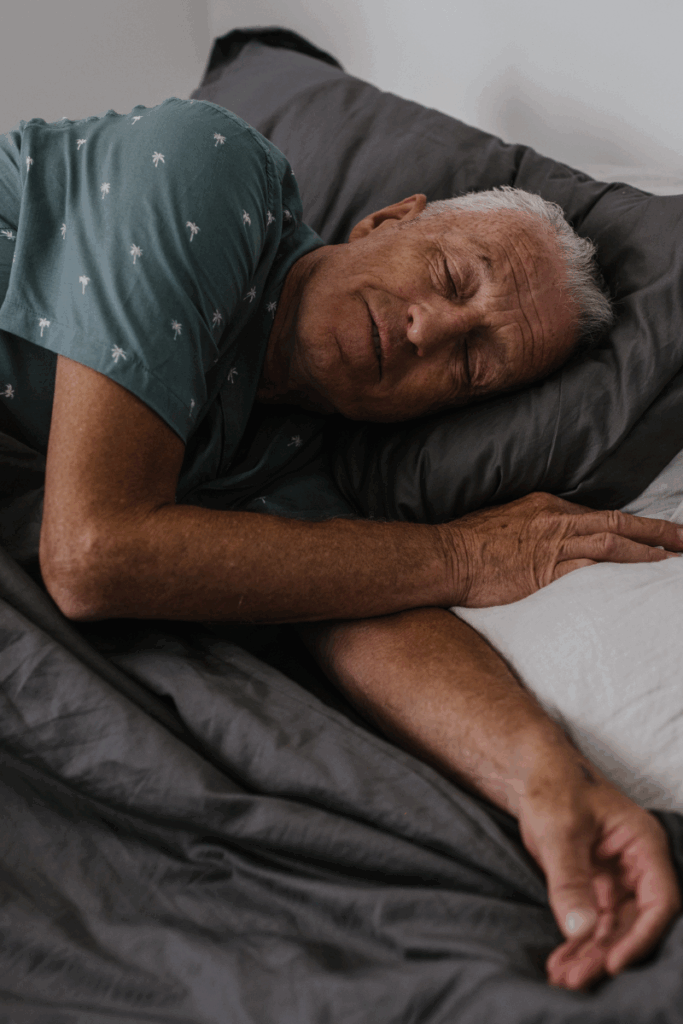How Physical Therapy Can Help You Sleep Better
Posted by: Reform Physical Therapy in Patient Education, Wellness & Lifestyle on June 17, 2025
If you’re tossing and turning every night, struggling with pain, or waking up stiff and exhausted—you’re not alone. Sleep issues are more common than you think, and they often have a surprising root cause: your body. At Reform Physical Therapy, we’ve seen how powerful the connection between physical therapy and better sleep really is.
The truth is, your ability to rest deeply depends on how well your body feels—and physical therapy can play a major role in that. Let’s break down how PT supports better rest, and what you can do to start sleeping deeper and waking up more refreshed.


Why Sleep Problems Often Start in the Body
Pain, tightness, inflammation, and even postural issues can all make it hard to relax and fall (or stay) asleep. When your body is uncomfortable or stressed, your nervous system stays activated—making it harder for you to reach deep, restorative sleep.
Common physical issues that disrupt sleep:
- Chronic back or neck pain
- Joint stiffness (especially hips or shoulders)
- Post-surgery soreness
- Muscle tightness or spasms
- Nerve-related pain (like sciatica)
- Poor posture and body alignment during the day or at night
How Physical Therapy Improves Sleep Quality
1. Reduces Pain That Disrupts Sleep
Targeted treatments help relieve pain at the source—not just cover it up. Whether it’s hands-on therapy, dry needling, or corrective exercise, PT can reduce the physical discomfort that’s keeping you up at night.
2. Increases Relaxation Through Movement
When your body moves better, it rests better. Gentle mobility work, stretching, and breath-focused movement techniques help calm your nervous system and prep your body for rest.
3. Improves Posture and Alignment
Many people don’t realize their daytime posture affects nighttime comfort. PT helps correct poor alignment, which reduces pressure on joints and nerves while you sleep.
4. Promotes Nervous System Balance
Stress is stored in the body—and physical therapy helps release it. A calm body leads to a calm mind, and both are essential for falling asleep and staying asleep.
5. Creates a Restorative Routine
A physical therapist can create a pre-sleep mobility or stretching routine customized to your needs. These low-impact movements can signal your body to wind down and prepare for deeper rest.
Tips to Improve Sleep With PT Practices at Home
Want to start right away? Here are a few PT-approved tips to improve your sleep:
- Stretch before bed: Focus on hips, hamstrings, shoulders, and neck.
- Try diaphragmatic breathing: Deep belly breathing calms your nervous system.
- Adjust your sleeping position: PTs can help you find the best sleep setup based on your pain or alignment needs.
- Stay consistent: The key is regular movement—not just one stretch session here and there.
When to See a PT for Sleep Issues
If you’ve tried new pillows, white noise, or supplements and you’re still struggling—physical therapy might be the missing link. Pain-related sleep issues rarely fix themselves, and a personalized PT plan can be a game-changer.
At Reform Physical Therapy, we work with patients every day who are shocked at how much better they sleep once their body is finally moving and healing properly.
Final Thoughts
Better movement leads to better sleep. If your body is keeping you up at night, it’s time to listen to what it’s trying to tell you. Whether you’re recovering from an injury or just trying to feel more rested, physical therapy could be the step that gets you back to deeper, more restorative rest.
Schedule an appointment with Reform Physical Therapy today, and start sleeping better—naturally.
